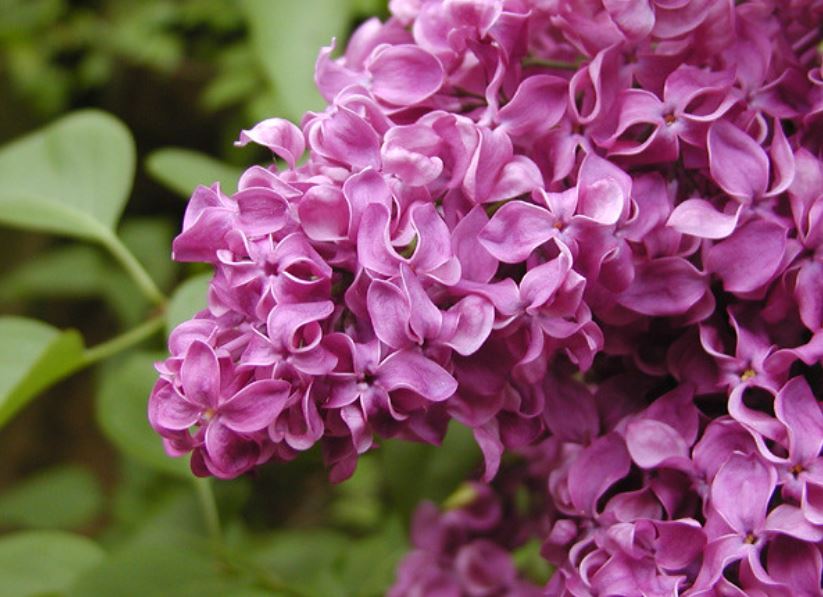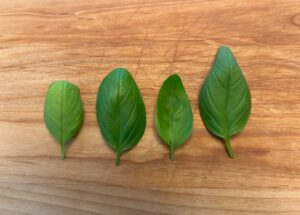Down the alley from me is a bank of lilacs. At its peak, it stands 20 feet above the lawns beyond. When it flowers, sweet perfume drifts through the neighborhood.
Lilacs are a many-branched inflorescence – a wonderfully aromatic term. They flower on the woody stems of a thick arrangement of branches. They’re wild trees, native to woodland, scrub and some alleyways. The less they’re pruned, the more they blossom.
This year my lilacs bloomed too early. There were fewer bouquets, and the leaves were a dispirited green. The florets decayed quickly. The foliage was soon etched in autumn brown.
In a good year, this often means a panoply of colors as trees prepare to jettison their leaves. But this hasn’t been a good year.
In summer, like larger trees and nearby lawns, my lilacs fought to relieve their thirst with self-pruning. To stay alive outweighed fertilization or growth.
Now the bare lilac branches ripple as swarms of sparrows perch and fidget. They await their turns to drink from the rare puddles below.
Early slumber can sometimes be your only hope.




